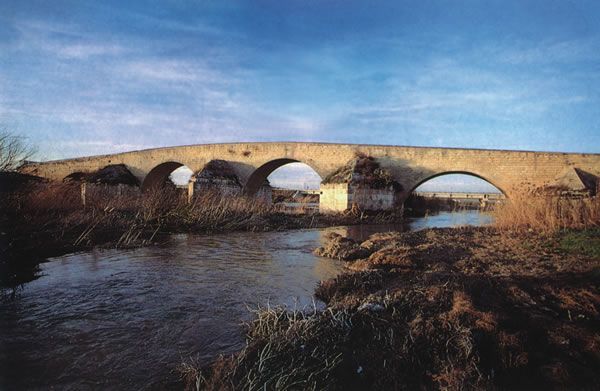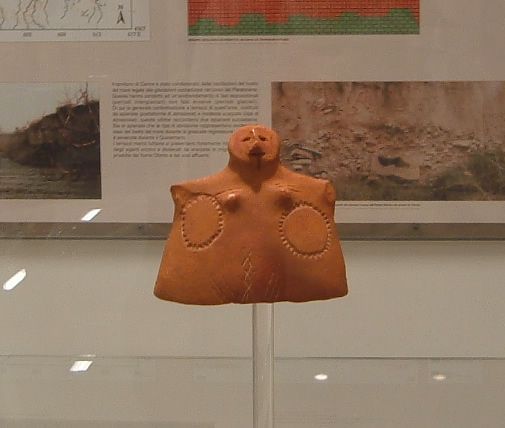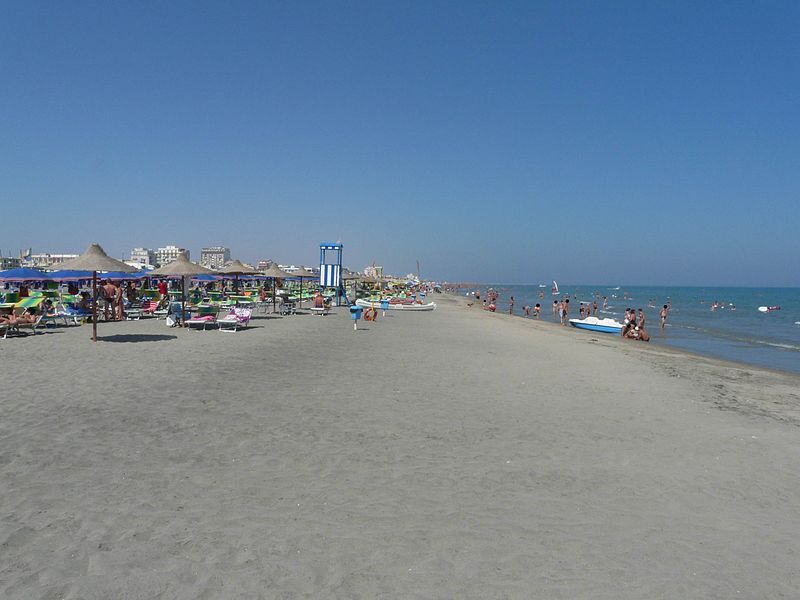Places to visit around Cerignola
Routes
Cerignola is a strategically located town situated in the valley of the Ofanto River on the hills that border the Lower Tavoliere, between the Apennines and the Adriatic Sea. It boasts several places and events of interest: Torre Alemanna, the Castle, the Clock Tower, the Mercadante Theatre, the Tonti Cathedral, the Piano delle Fosse, the Milestone, the house of Pietro Mascagni, Palazzo Pavoncelli, the Wheat Museum, and the Ethnographic Museum, as well as the festival of Madonna di Ripalta.
Many notable individuals are connected to Cerignola, including Pasquale Bona, Giuseppe Pavoncelli, Nicola Zingarelli, Pietro Mascagni, Giuseppe di Vittorio, and many others.
For those staying at the B&B Villa Pallotta, it is easy to reach all the main attractions of Northern Apulia by car, from the Apennines to the Adriatic, from Gargano to Margherita di Savoia, with their pine forests, beautiful golden sandy beaches, clear water cliffs, museums, and characteristic patronal festivals.











